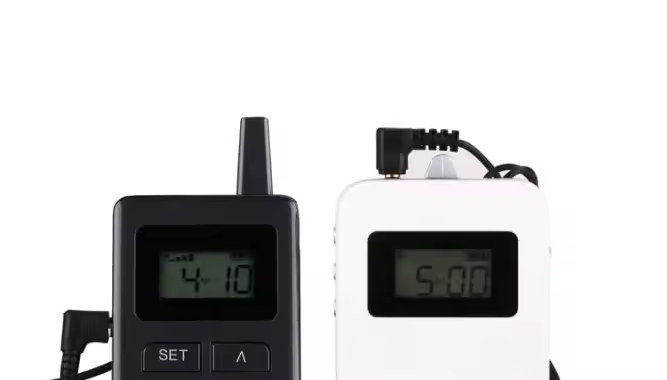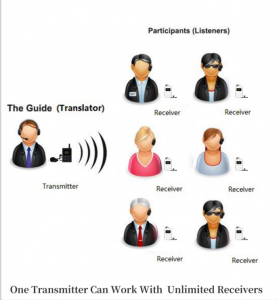Tour guide system
We recently discovered an extremely powerful “tour guide system” during a trip, which was a great surprise.
-In past travels, one either had to closely follow a tour guide for fear of missing important explanations or wander around blindly without knowing the historical and cultural connotations of scenic spots.
However, this tour guide system has changed this situation.
– The tour guide system is like a considerate personal tour guide and plays a huge role in natural scenic areas, cultural attractions, and theme parks.
– In scenic areas, detailed explanations of various scenic spots can be heard through equipment or mobile phone apps. For example, at historical sites, it tells about the construction era and other background stories and archaeological discoveries, making us feel as if we have traveled through time and experienced the wisdom and creativity of the ancients.
– In museums, the tour guide system is even more useful. There are in-depth introductions to every cultural relic on display, allowing us to better understand the value and significance of precious cultural relics. – In theme parks, it can provide introductions to amusement facilities, recommended routes, and safety precautions, making our play more smooth, safe, and interesting.
– The intelligent tour guide system has many excellent functions. It can provide personalized travel suggestions based on our behaviors and preferences. For those interested in history and culture, it will recommend relevant scenic routes, making your trip more fulfilling.
– Moreover, some tour guide systems also support multilingual explanations, which is very friendly to international tourists. No matter where you are from, you can easily understand the explanations and feel the charm of different places.
– In conclusion, this tour guide system is really a good helper for traveling. It is highly recommended.



